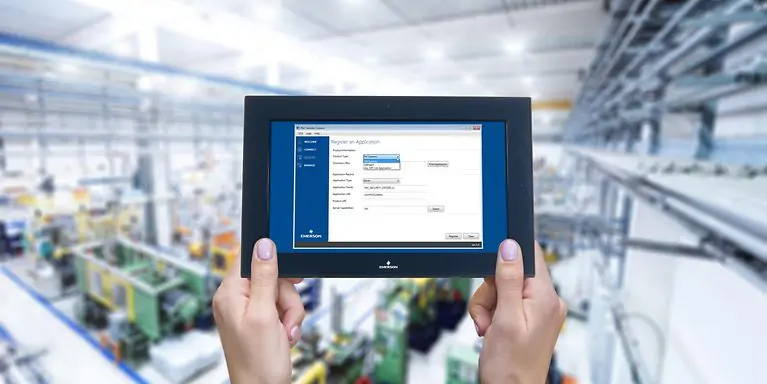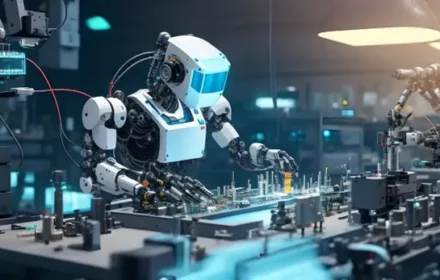Mastering PLC I/O Modules: The Critical Bridge in Industrial Automation
Input/Output modules serve as the fundamental connection between digital control systems and physical processes. According to ARC Advisory Group, proper I/O configuration impacts up to 40% of system performance in factory automation. At World of PLC, we’ve found that understanding I/O functionality separates adequate systems from exceptional ones.
The Essential Role of I/O Modules in Control Systems
I/O modules translate real-world signals into digital data that PLCs can process. They also convert control commands back into physical actions. This bidirectional communication enables precise industrial automation. Modern systems demand reliable signal conversion for optimal performance.
Selecting the Right Emerson RX3i I/O Modules
Choosing appropriate modules requires careful analysis of your application needs. Consider these critical factors during selection:
- Signal types: analog voltage, current, or discrete digital
- Channel count and density requirements
- Update rates for high-speed applications
- Environmental conditions and isolation needs
Mismatched I/O specifications frequently cause operational issues. Therefore, thorough planning prevents performance bottlenecks.
Proper Installation of RX3i PACSystem Modules
Correct physical installation ensures system reliability. Always power down the rack before module insertion. Install the CPU and power supply first, then slide I/O modules firmly into available slots. Verify secure seating to prevent intermittent communication failures that compromise control systems.
Software Configuration in Proficy Machine Edition
After physical installation, software configuration brings modules online. Use Proficy Machine Edition to add modules to your virtual rack. Define I/O addressing and scaling parameters carefully. Additionally, verify firmware compatibility to ensure seamless CPU recognition and management.
Best Practices for I/O Addressing and Memory Mapping
Effective memory organization simplifies system maintenance. Assign unique addresses to each I/O point and use descriptive symbolic names. Standardized data blocks enhance troubleshooting efficiency. Consistent addressing becomes crucial in complex DCS architectures with multiple PLC platforms.
Industry Insight: The Universal I/O Revolution
Universal I/O technology represents a significant industry shift. These versatile modules handle both analog and digital signals, reducing spare part inventories by up to 60%. However, they require more sophisticated configuration. At World of PLC, we believe Universal I/O will dominate future industrial automation projects despite the steeper learning curve.
Application Case: Chemical Processing Automation
Challenge: A chemical manufacturer needed precise control for a continuous mixing process with varying recipes.
- Solution: Implemented RX3i with high-accuracy analog I/O for temperature and pressure monitoring
- Implementation: Discrete I/O managed motor controls and safety interlocks
- Result: 22% improvement in batch consistency and 15% reduction in material waste
Maintenance and Troubleshooting Strategies
Regular I/O system maintenance prevents unexpected downtime. Monitor module health indicators and maintain adequate spares. Document all configuration changes thoroughly. Furthermore, train technicians to recognize early warning signs of I/O degradation in control systems.
Frequently Asked Questions
Q: How often should I/O modules be replaced in preventive maintenance schedules?
A: Most quality I/O modules last 7-10 years in standard industrial environments. However, monitor performance metrics and replace when communication errors increase by more than 15% monthly. Harsh environments may require more frequent replacement.
Q: What’s the most common mistake in I/O system design?
A: Underestimating future expansion needs is the most frequent error. Always allocate 20-30% spare capacity in your rack and address space. This foresight prevents costly redesigns when production requirements change.
Q: Can different I/O module brands be mixed within the same control system?
A: While possible through gateways, we recommend sticking with native modules whenever possible. Mixed systems increase complexity and can create support challenges. The cost savings rarely justify the integration headaches.
For genuine Emerson RX3i PACSystem modules and expert technical support, visit World of PLC. Our team provides component solutions and implementation guidance for complex industrial automation projects.
| Model | Title | Link |
|---|---|---|
| IC695CRU320 | Emerson RX3i Redundancy CPU | Learn More |
| IC695PBM300 | Emerson Profibus Master 125 Slave Capacity | Learn More |
| IC695PSA140 | Emerson PACSystem RX3i Multi-Purpose Power Supply | Learn More |








